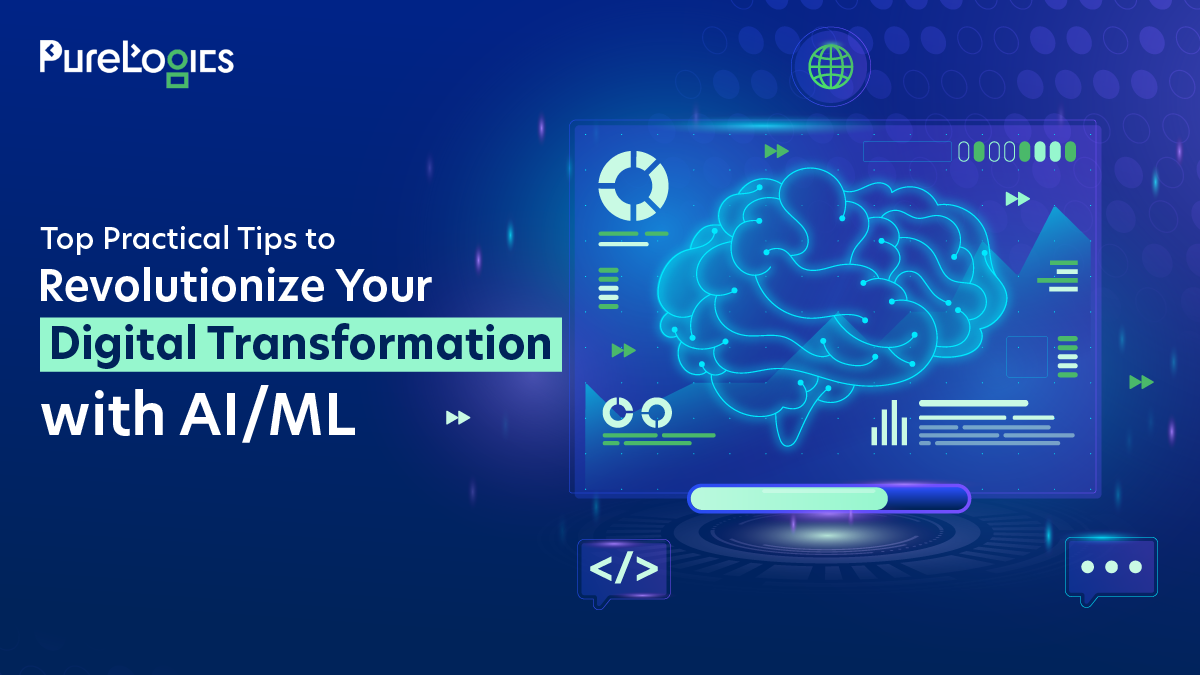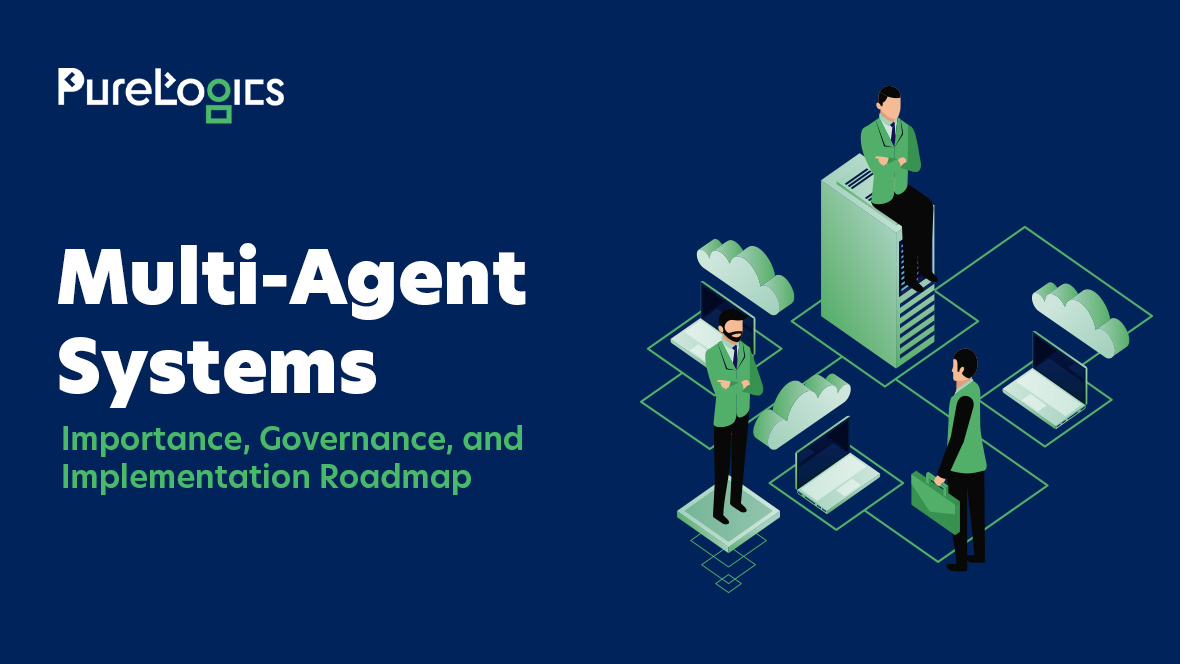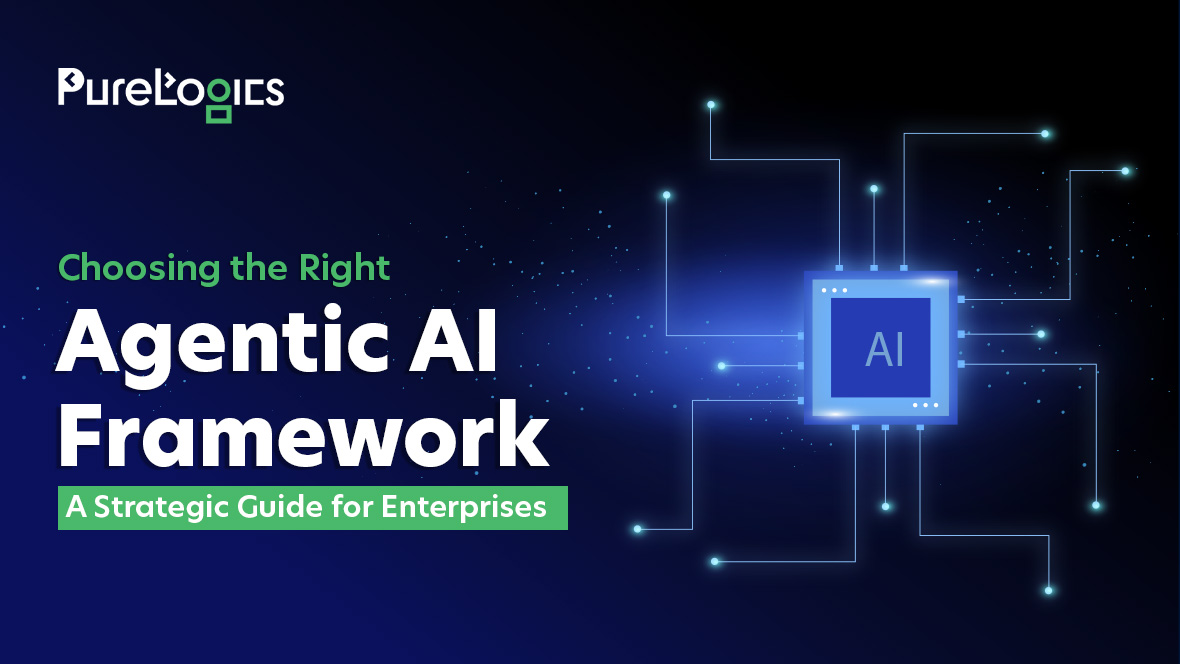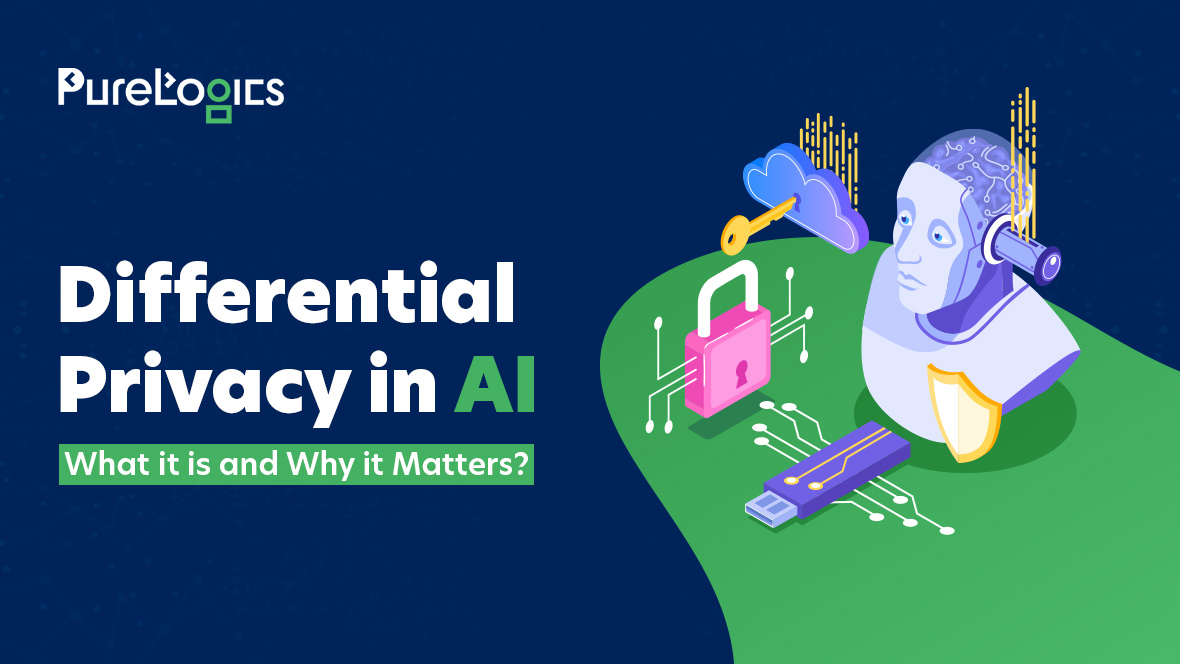First, there was the ‘Need for Software’
In early 2011, the demand for software development started rising as enterprises became more familiar with the need to become software companies. That’s because if they wanted to compete with known and rapidly growing brands such as Amazon and acquire success in the future, then being digital is the way forward.
With this trend, numerous companies started developing digital transformation strategies to meet the problems of a hyper-efficient or hyper-competitive business environment. These strategies mainly focused on merging organization-wide data to apply analysis and get new insights from their information.
However, pursuing and enhancing businesses with such insights and data requires subsequent human labor. The only missing thing was the instant, automated, and timely application of these insights to enterprises.
Now ‘AI is Taking Over’
With time and technological advancement, competitive organizations started using Big Data to train AI and machine learning algorithms to detect patterns within data automatically and then identify, analyze, and predict results from the insights.
In addition, instead of using hand-crafted logic by software developers, AI algorithms can generate automated decisions to drive systems automatically and increasingly eliminate the human touch that previously controlled business responses. Because of AI, automated insights and data are actionable.
The rise of AI wasn’t an overnight thing, and various factors made it popular:
- Huge boost in computing power
- Massive growth in dataset training
- Increase in AI/ML frameworks, including Open-source frameworks
- Immense reductions in pricing for storage, software, and compute
Organizations are now more aware of the massive potential and power of AI and ML because industry experts and the press are weighing this technology. AI breakthroughs like video recognition and human-level pictures, natural-language processing, speech recognition, conversational appliances such as Chatbots and Alexa, and similar platforms are defeating human experts.
How Can a Business Ideally Use AI/ML?
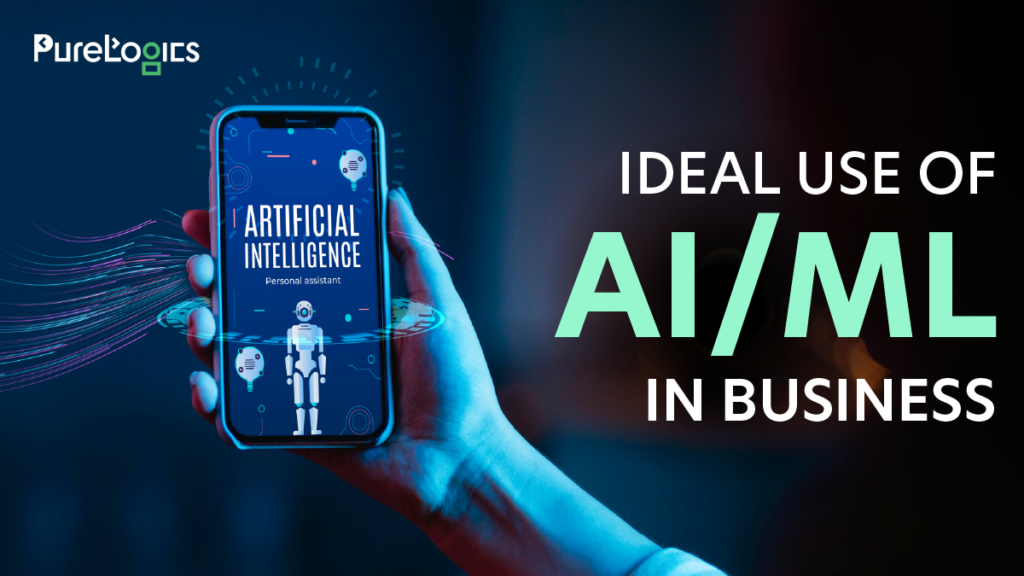
Regardless of the rapid advancement in AI/ML, these tools only have cutting-edge capabilities on the research front. The question is how businesses who want to extend digital transformation can use AI/ML’s capabilities.
There are definitely numerous business-relevant and practical benefits of AI/ML that are now in production mode and are usable for almost every industry. So, rather than using artificial intelligence and machine learning for educational purposes, use these technologies to enhance organizations’ digital transformations.
Here are the top practical tips to help businesses revolutionize their digital transformation.
Tip #1: Sort Your Big Data at Priority
Many enterprises struggle to broaden their digital transformations with artificial intelligence or machine learning. Based on expert observations, businesses want to utilize AI/ML as a technology-first approach prior to establishing their Big Data House or even understanding a real organizational need.
To leverage machine learning at scale and obtain a real enterprise impact, businesses must have Big Data according to their requirements and ensure data stays in Data Lake on the AWS platform. These are imperatives for organizational-worthy machine learning because there’s a need for inferencing compute through big data, the proximity of the machine learning model, and massive amount of training examples to train an ML model.
This is exceptionally accurate for the deep learning model, which can provide more accuracy and needs even bigger training data than other ML types such as linear regression, factorization machines, XGBoost, and more.
The SageMaker ML service of AWS is a vast platform that is used to train models through data available in the AWS Data Lake. Additionally, it’s also used to train models that do inferencing on an enormous volume of data in the batch mode of Data Lake and offer individual inferencing requests from other client applications. Even if you incorporate a powerful machine learning platform such as SageMaker, it won’t help your enterprise if you don’t sort your Big Data within the AWS S3 cloud.
Tip #2: Indulge Automation
Take advantage of automated hyperparameter optimization to instantly discover the best blend of hyperparameters for your business needs and model. SageMaker has auto-tuning of hyperparameters through exploring hyperparameter combinations that enhance the selected training metric, such as accuracy.
It’s challenging and time-consuming to look for optimal hyperparameters with manual test-and-error. SageMaker can automate all these processes for you and optimize the hyperparameters for a business’s model training that will massively enhance its effectiveness.
Tip #3: Retrain Regularity
Machine learning models usually constitute the patterns within data at a particular time as a snapshot. But, when dealing with business data that tends to change with time, like trends, seasonal transactions, or weather changes, your AI model can change and lose its power to predict accurately. Therefore, it’s crucial to utilize larger and new representative datasets inside the periodic retaining of any model to steer clear of this drift.
Tip #4: Start with Less Risky Integrations
There are two critical types of available solutions when talking about the productionized form of AI/ML, explicitly on AWS. These types mainly differ in the expertise and amount needed for specific business use.
Let’s start with the first less risky class that lets individuals integrate intelligence within existing legacy apps without machine learning expertise and substantial training data. These classes offer AI services with pre-trained machine learning models for regular requirements. AWS leads AI services, including re-training and scaling, while an organization’s app developers mainly focus on connecting legacy apps to the solutions for predictions and classifications.
If you have plentiful training data and want to train your business model, then you have another chance to incorporate AI/ML models without much risk. Amazon SageMaker is a substitute for taking on the function of deploying a cluster of ML servers.
SageMaker is a completely managed solution for ML that offers a host of unique advantages, like automated hosting of trained models, a variety of built-in algorithms, automated model training, and many similar features. You won’t need to deploy, configure, scale, or operate any speedy EC2 servers.
Tip #5: Go with Business Need Strategy Over Technology
Businesses often want to tap into AI/ML only to get the technology advantages, but when it’s time to choose technology, they just go with something contrived and small. You must avoid small AL/ML POCs, experiments, and pilots focusing on a technology-first strategy. Such methods rarely play any part in a business’s progressive transformations. Instead, look for a real business problem where you can integrate AI/ML solutions and get real ROI.
The best example is that no one opens the house toolbox, picks up a tool, and then asks, “What would I do with this tool now?”. A sensible person will start with a real house problem you must fix and then choose the relevant tool. Remember, AI/ML is a great tool but not an end. Let the organizational needs, problems, and opportunities steer the AI/ML technology selection. You can solve numerous business problems using relevant AI and ML algorithms.
Conclusion
In conclusion, the business environment is rapidly switching from a software-driven approach to an AI/ML-driven one. You can find multiple practical implementations of artificial intelligence and machine learning capabilities for every type of business.
PureLogics offers top generative AI services to help your business forge the right and strategic technology step for better digital transformation. We are a top rated generative AI services company, so connect with our GenAI experts today!


 [tta_listen_btn]
[tta_listen_btn]
 February 26 2024
February 26 2024

